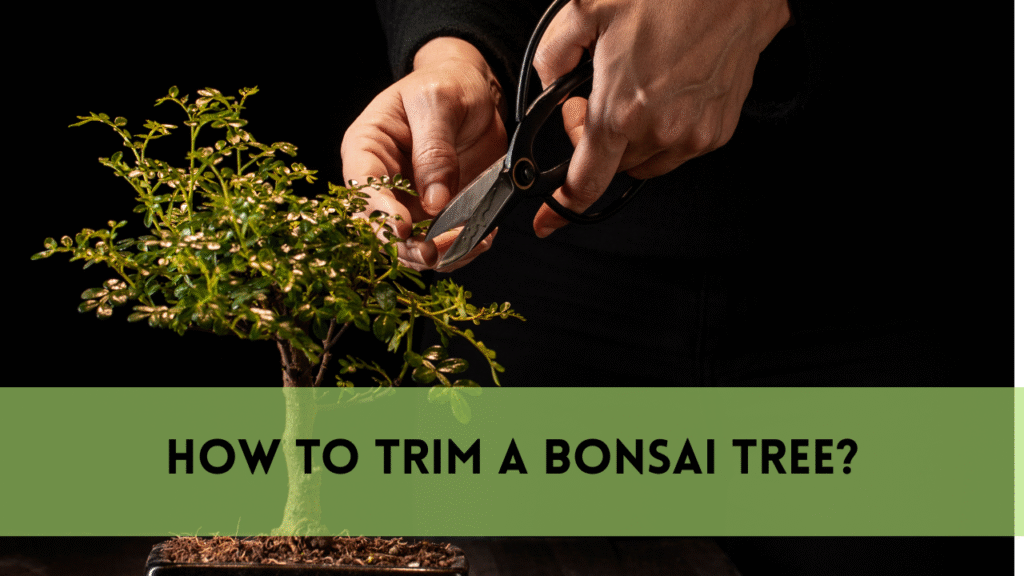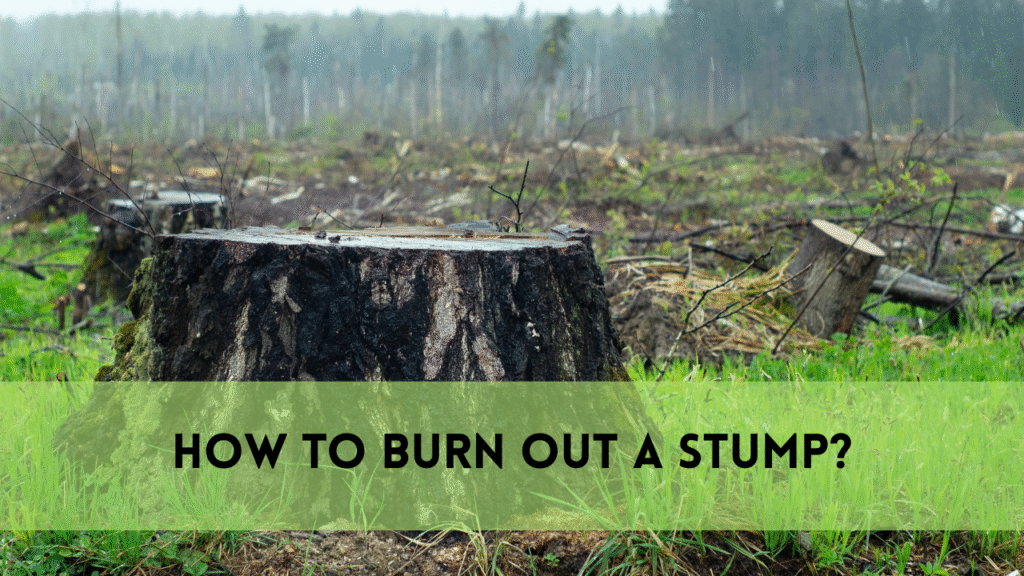Have you ever found yourself staring at your maple trees, wondering when the best time to trim maple trees? Well, you’re not alone! Maple trees are stunning additions to any landscape, but proper care is essential to keep them healthy and vibrant. In this article, we’ll delve into the art of trimming maple trees, exploring the best time to do so, the techniques involved, and why it matters for the well-being of your beloved maples.
Understanding Maple Trees before Trimming
Before we jump into the when, let’s take a moment to appreciate the beauty of maple trees. These majestic wonders come in various species, each with its unique characteristics, from the iconic red maple to the delicate Japanese maple. Understanding the type of maple you have is crucial when determining the best time for a trim.
When is the Best Time to Trim your Maple Trees?
Now, let’s get to the heart of the matter – when is the best time to trim your maple trees? The golden rule is to schedule your pruning endeavors during the dormant season. For maples, this typically means late fall to early winter. Why? Because during this period, the trees are less active, minimizing stress and potential damage.
Fall Season into Trimming Maple Tree
As the leaves begin their mesmerizing display of autumn hues, it’s a subtle reminder that it’s time to gear up for pruning. Late fall, after the leaves have fallen, is an ideal window. At this point, the tree has directed its energy inward, preparing for the upcoming winter slumber. Trimming during this phase encourages new growth come spring while allowing the tree to conserve energy during the colder months.
Winter Trimming Magic
As winter settles in, maple trees enter a deep rest, making it an opportune time for more substantial pruning. With the branches bare and the tree in full dormancy, you can clearly see its structure, making strategic cuts easier. Remember, though, moderation is key. Avoid excessive pruning during winter to prevent stressing the tree excessively.
Spring Awakening of Maple Trees
While late fall and winter take the spotlight for optimal pruning, early spring shouldn’t be entirely overlooked. The beginning of spring marks the end of dormancy, and as the tree awakens, it starts pushing new growth. This is a fantastic time for light touch-ups and shaping, ensuring your maple is ready to showcase its full splendor during the warmer months.
Red Flags and Exceptions to Trim Maple Trees
Now that we’ve covered the general guidelines, it’s crucial to recognize the red flags and exceptions. If you notice dead or diseased branches, don’t wait for the dormant season – these should be promptly removed to prevent further damage. Likewise, if you’ve missed the fall and winter windows, early spring is your next best bet.
Tools of the Trade to Trim Maple Trees
Armed with the knowledge of when to prune, let’s explore the tools needed for the job. A quality pair of pruning shears and loppers are your go-to companions. Ensure they are sharp and well-maintained to make clean cuts, promoting quicker healing for your maple tree. Safety first – wear gloves and protective eyewear to shield yourself from any unexpected surprises.
Maple Tree Trimming Techniques
Now that you have your tools in hand, let’s dive into the techniques. Start by removing any dead, damaged, or diseased branches. Next, focus on shaping the tree by cutting back overgrown branches. Keep an eye out for crossing branches, as these can lead to rubbing and potential damage. Always make your cuts at a 45-degree angle, just above a bud or lateral branch.
Benefits of Timely Trimming Maple Trees
“Why bother with all this pruning?” you might ask. Well, besides enhancing the aesthetic appeal of your maple trees, timely trimming offers numerous benefits. It improves air circulation, reducing the risk of diseases. It also allows sunlight to reach lower branches, promoting overall tree health. Plus, a well-pruned maple is more resistant to pests, ensuring a thriving, resilient addition to your landscape.
The Maple Tree Story
Let’s wrap up our journey through the seasons of maple tree trimming with a story. Imagine a picturesque autumn day, leaves gently falling as you embark on the annual ritual of pruning your maple trees.
The crisp air carries the promise of renewal, and as you carefully shape each branch, you become part of a timeless cycle. Winter brings a serene landscape, with your maples resting peacefully under a blanket of snow. As spring arrives, your trees burst forth in a symphony of green, a testament to the care you’ve provided.
FAQs
When is the best time to trim maple trees?
The optimal time for trimming maple trees is during the dormant season, typically late fall to early winter. This minimizes stress on the tree and encourages healthy growth come spring.
Can I trim my maple tree in spring or summer?
While late fall and winter are ideal, light pruning in early spring is acceptable. Avoid substantial cuts during these seasons, as the tree is actively growing and may experience stress.
How often should I trim my maple trees?
Regular trimming every 3-5 years is generally sufficient for maple trees. However, monitor for dead or diseased branches and address them promptly, regardless of the season.
What tools do I need for trimming maple trees?
Essential tools include quality pruning shears and loppers. Ensure they are sharp for clean cuts. Safety gear like gloves and protective eyewear is also crucial during the pruning process.
Are there exceptions to the dormant season rule?
Yes, if you notice dead or diseased branches, immediate removal is necessary. In such cases, don’t wait for the dormant season – address the issue promptly to prevent further damage.
Conclusion
In the grand tapestry of landscaping, knowing the best time to trim maple trees is like mastering a delicate dance with nature. By aligning your efforts with the natural rhythms of the seasons, you not only enhance the beauty of your maples but also contribute to their longevity and vitality. So, as the leaves begin to fall, grab your pruning shears, and let the annual ritual commence – your maple trees will thank you for it.






